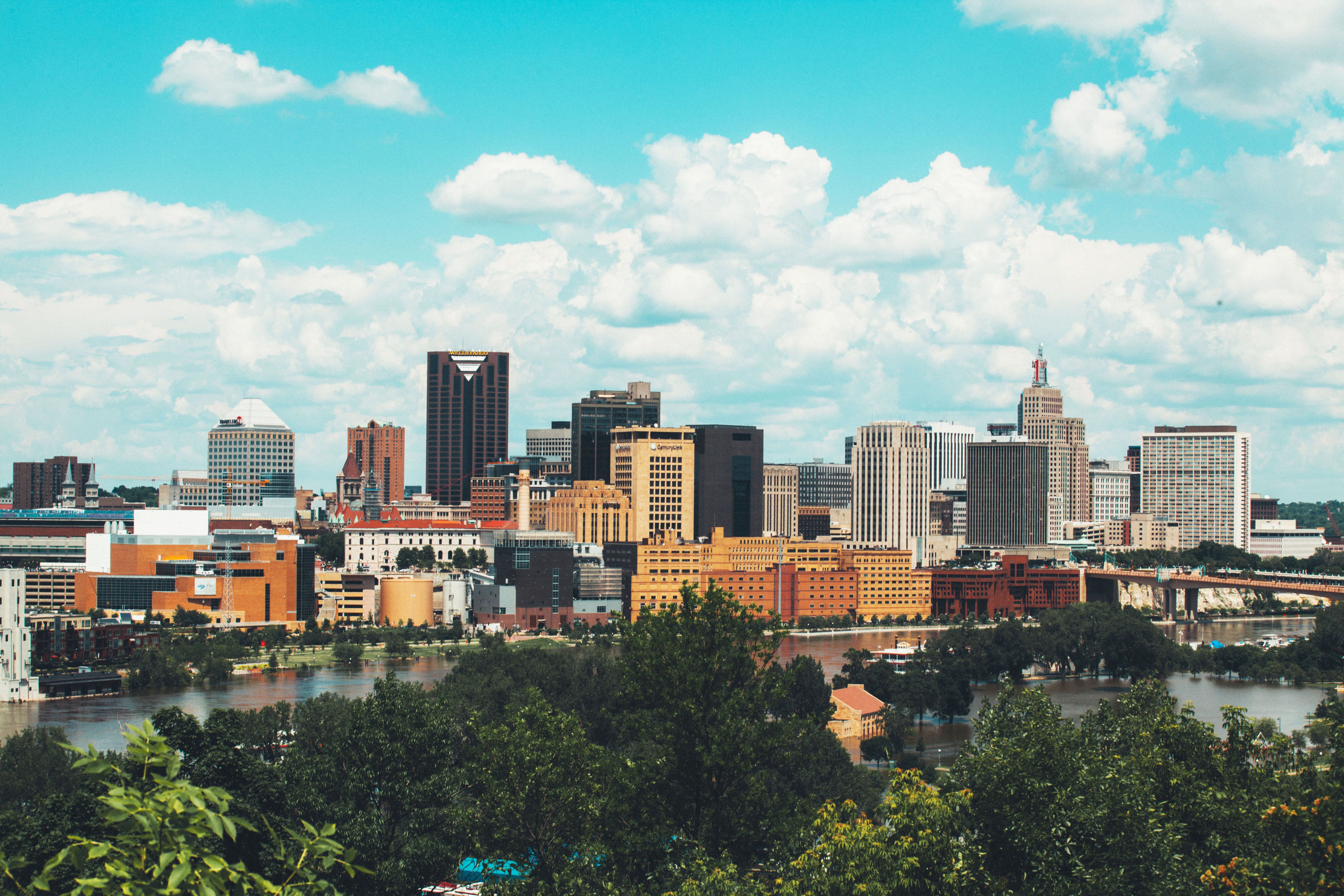November 21, 2019 | Vol. 6 No. 25 (This column published in print in the Minnesota Spokesman-Recorder on 11/21/2019)
The Minneapolis-St. Paul-Bloomington metro area is one of several Midwestern cities that enacted restrictive housing covenants and exclusionary zoning policies in the 20th Century. These policies still impact residential patterns today. The city is highly segregated by race and has some of the largest disparities in poverty, income, and home ownership between black and white residents of any U.S. metro area.
—24/7 Wall Street
Taken together, these historical patterns of segregation and uneven economic opportunity—alongside continuing patterns of discrimination—yielded a legacy of deep and lasting racial disparity and inequality.
—Colin Gordon
Starting back in 2015, 24/7 Wall Street, an online financial news organization, began publishing an annual study that identified “the worst states for Black Americans” to live. For three consecutive years Minnesota finished second only to Wisconsin for this particularly unflattering distinction.
Scholars, journalists, and pundits from around the nation wondered what exactly was it that made these neighboring states in the Upper Midwest so unfriendly to African Americans. With regard to Minnesota, “The Atlantic” extensively covered the subject of racial disparities in our fair state as did The Washington Post, USA Today, Politico, and a multitude of other national media outlets.
Although such racial disparities might have seemed somewhat astonishing to the rest of the nation, especially considering Minnesota’s reputation as one of America’s most livable places, the cat was long out of the bag here locally.
Earlier this year, the Twin Cities Public Television documentary “Jim Crow of the North” skillfully uncovered at least some of the roots of the Black/White inequality that exists in Minnesota. The wounds inflicted by the racial housing covenants implemented at the turn of the 20th Century, which dissected the Twin Cities into “desirable” and “undesirable” neighborhoods, remain largely unhealed to this day. Yet, there must more to our current situation than restrictive real estate practices of the past.
For its part, “24/7 Wall Street” stopped reporting on the “worst states for Black Americans” in favor of a new metric that identifies the worst cities (metropolitan areas specifically) for American Americans. In 2018, Minneapolis-St. Paul came in as the fourth-worst metro for Black people.
In the most recent report, the Twin Cities duplicated its ranking for the second consecutive year. Not surprisingly, Milwaukee, which by most accounts is currently the most segregated metropolitan area in the country, ranks as the worst place for African Americans in 2019.
What is curious, however, is that of the 15 locations noted in the most current “24/7 Wall Street” report, Minneapolis-St. Paul and Milwaukee are the only two major metropolitan areas. Among the others cited are much smaller areas such as Niles-Benton Harbor (Michigan), Kankakee (Illinois), Waterloo-Cedar Falls (Iowa), Jackson (Michigan), and Rockford (Illinois). Moreover, of the 15 metros highlighted, 11 are in the Midwest (the other four in the eastern United States). So, what’s the deal with the Midwest?
To put things in even greater perspective, “24/7 Wall Street” has also recently released its list of the “Best and Worst States to Live In.” Minnesota checks in at the sixth-best state, but it’s the only Midwestern state in the top 10.
Yet still, here in Minnesota—a state that scores off the charts in most quality-of-life indicators such as education, health care, employment, housing, etc.—we are plagued by some of the most deep-seated inequities anywhere in the nation.
While we can no doubt point to things in our past, these continuing racial gaps can’t be explained solely by a century of housing discrimination in Minneapolis-St. Paul or other cities throughout the Midwest.
In an October 2019 study titled “Race in the Heartland: Equity, Opportunity, and Public Policy in the Midwest,” University of Iowa history professor Colin Gordon addresses present-day disparities in a number of areas. These include academic achievement, wages and annual income, wealth and poverty, health and mortality, homeownership and incarceration. He makes some pretty compelling points.
It’s not just what has happened in the past. It’s what we are doing or not doing today.
In spite of many official efforts in the past decade or so to tackle these issues, the “desired” results are still not forthcoming. And, often embedded in the policies and practices designed to help are ongoing patterns of discrimination. Gordon writes:
A half-century removed from the high tide of the civil rights movement, progress on racial equity has slowed or stalled on many fronts. Nowhere is this more starkly evident than in the twelve states of the Midwest region, where racial disparities in economic opportunity and economic outcomes are wider than they are in other regions, and policy interventions designed to close those gaps are meager.
Meager. That seems about right.









